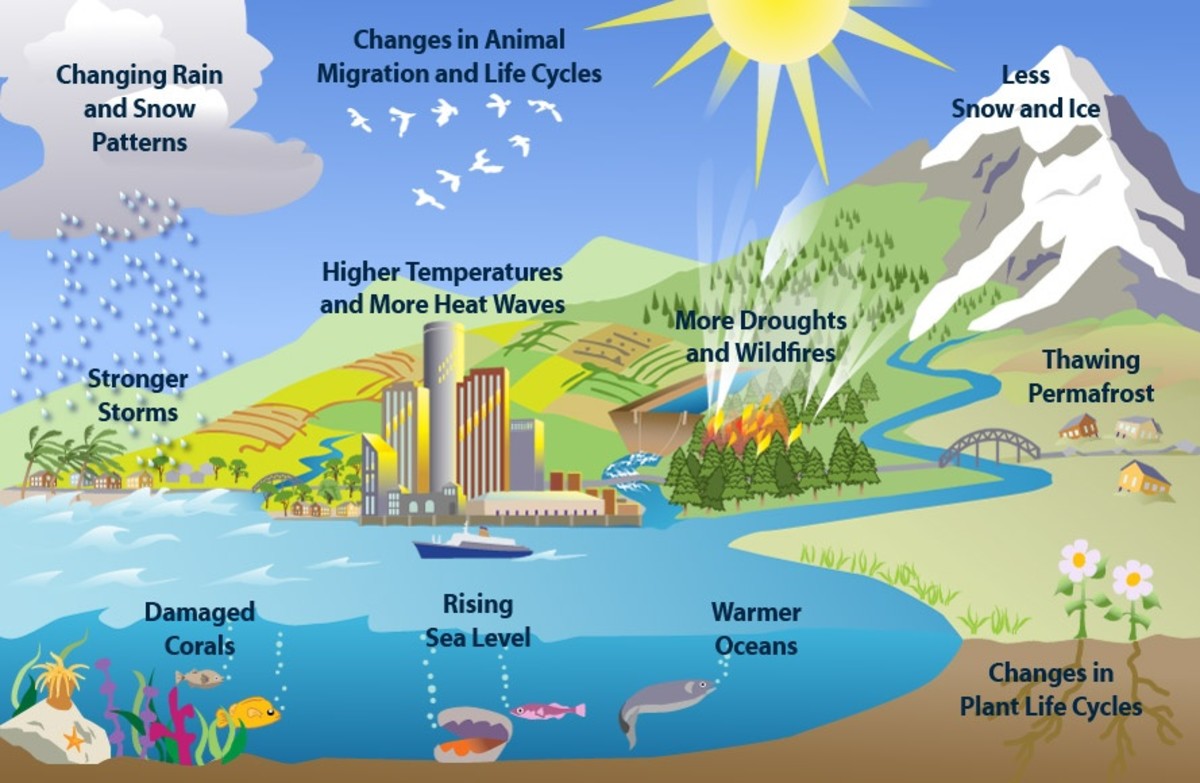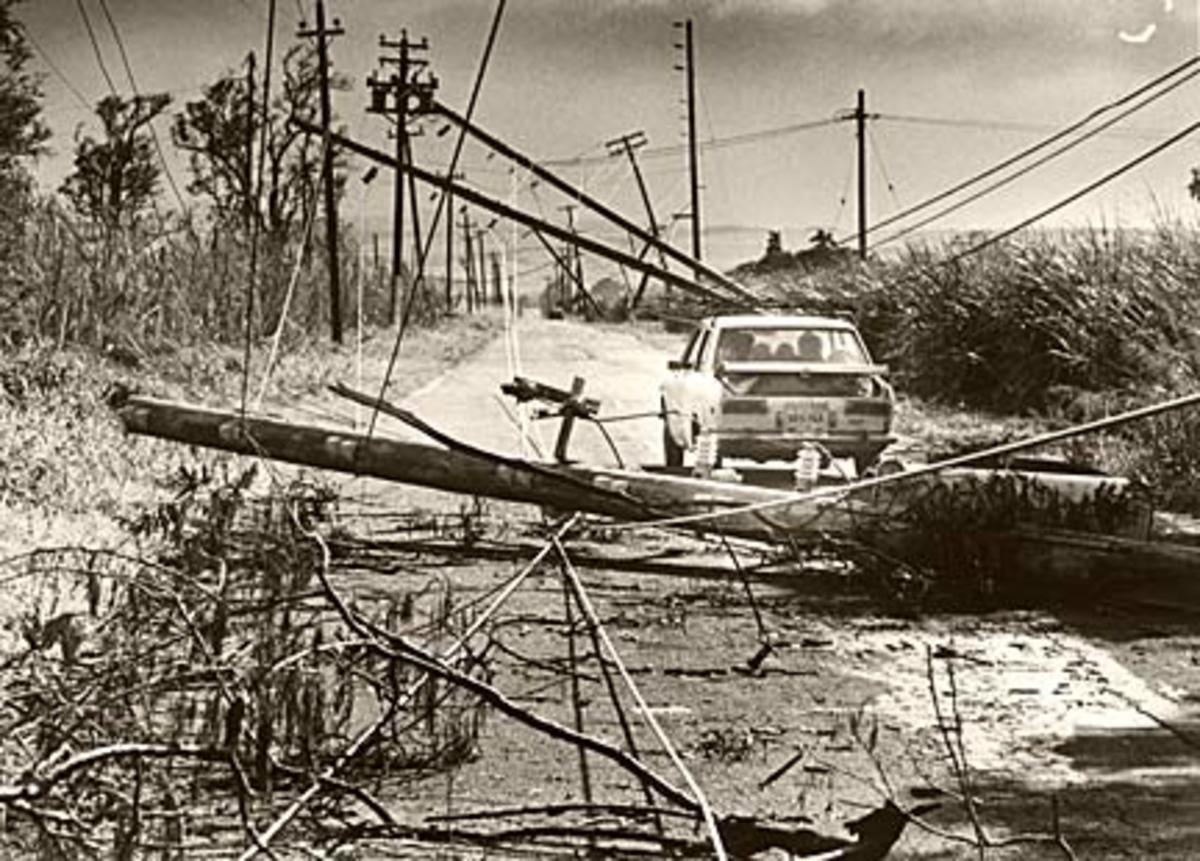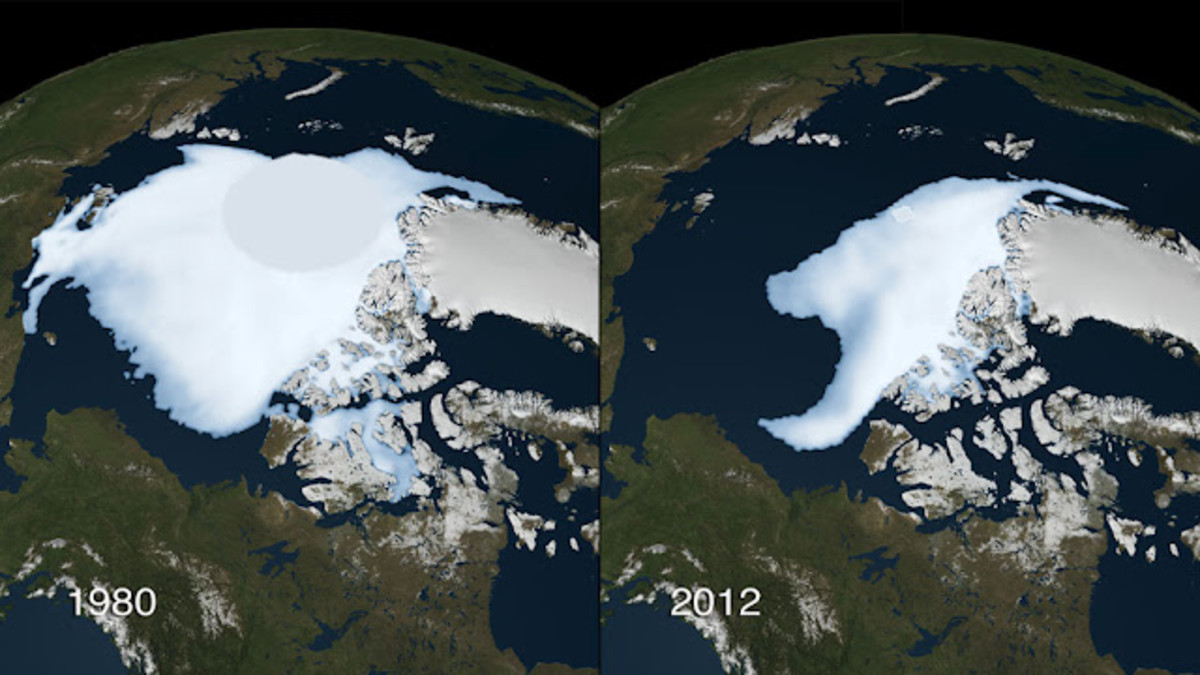911: Emergency Preparedness for Climate Change
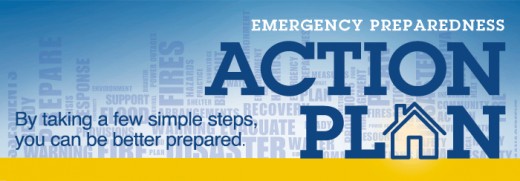
Science Fact
The scientific community has reached a strong consensus that climate is changing. The Intergovernmental Panel on Climate Change indicates significant climate warming will occur in North America. It is generally understood that impacts felt today are a result of emissions from decades past, and based on our current, and even higher emission levels today, we are already committed to greater warming trends in the future. While governments work to mitigate and plan for the impacts of climate change, realize these plans are only beginning.
After twenty years of negotiation, emissions have not been reduced by world governments and change is slow to occur but some countries are making an effort. The U.N. Conference on Climate Change created the Paris Agreement in December 2015 to reduce emissions and reduce globally to zero emissions by the year 2030 pending cooperation, change and goals are met by all countries. The scientific reality, is it will take a decade to change industries and reduce emissions by 80% which is what is required to simply stabilize emissions and halt climate change. In that time, climate change will continue to advance.
Extreme weather events and global crises are occurring in higher frequency in our world and becoming more widely publicized. It is a new fact of life some are starting to accept and some just plainly deny. Studies suggest that people are more sensitive to risk perceptions after news of a critical event or after directly experiencing one. This may present an opportunity to build public climate change emergency preparedness.
Since extreme events are difficult to predict and gradual events are difficult to detect, people need to prepare risk specific adaptation plans to cope with change and possible crises such as prolonged drought, storms or floods. Preparation is half the battle as they say. Early and well timed messages about climate risks may better prepare people for resilience. It would be preferable if people were prepared as opposed to last minute worry, panic or crisis intervention when an event actually strikes. With more public acceptance of climate change risk, attitudes and provisions toward adaptation and preparation improve. So...yes let us talk about it.
World Trends in Natural Disasters
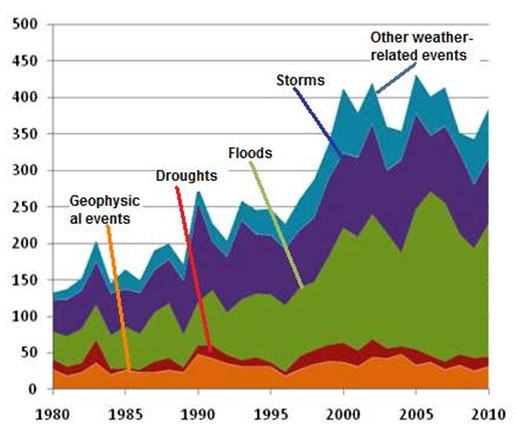
Climate Change Risks
Drought, Water Scarcity, Disease, Flash Floods, Rising Sea Levels, Extreme Weather, Intense Storms, Extreme Heat, Extreme Cold, Biodiversity Crisis, Public Health Crisis, Dust Storms, Famine, Food Shortages, Ice Storms, Hail, Tornados, Wild Fires, Smoke, Migration, Immigration, Displacement, Environmental Crisis, Pollution, Technological Disaster, Increased Crime and Infrastructure Damage are some of the risks associated with climate changes.
Facing Climate Risks
As our planet warms, there is increased risk and issues that threaten everyone. To identify climate stressors that will impact you and your family, think about climate events that have happened in the past in your region and ones occurring presently. Chances are climate change will increase these in effect, intensity and frequency. Risks and hazards are best managed by first identifying, analyzing, evaluating and mitigating them. How well you plan and prepare will determine how well you adapt.
In an emergency situation, consider businesses may be closed or there may be interruptions in power, water, heat and gas services and communications as well as transportation. Assess potential risks and vulnerabilities for short-term and long-term crises. This planning stage may be an opportunity to implement technology and innovation that will help create stronger resilience such as long term water storage, geo thermal heating or solar power.
There also may be funding or grant assistance for accessing alternative innovations such as retrofitting your home or for emergency preparedness initiatives. You may wish to also create a budget for investment in additional resources like preserved food and water. Consider during a crisis that resources will be more scarce and more expensive. Think of this process as an investment in securing your family's overall physical and mental well being and survival. This is a risk management assessment that will move you forward toward an action plan.
The Government of Canada has invested nearly $5 billion in the ecoENERGY initiatives to help Canadians use energy more efficiently, boost renewable energy supplies and develop cleaner energy technologies.To learn more, visit: http://www.nrcan.gc.ca/ecoaction
Adaptation and Mitigation
Mitigation Tools for Action Plans
Insurance policies, Land Use and Planning Management, Water Management and Conservation, Recycling Programs, Building Codes, Climate Forecasts, Storm Warnings, Engineering and New Technologies.
Extreme Weather
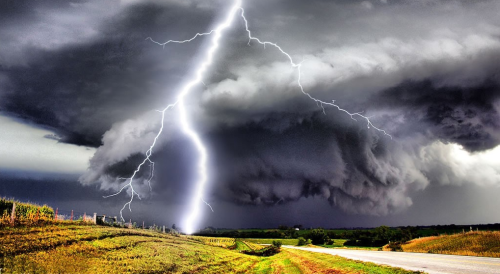
Your Action Plan
An action plan is a document that explains how you will manage your climate change risks and adapt to change. After a risk and vulnerability assessment, you will have identified the potential risks that have the ability to affect you during an emergency event or crisis. Now prioritize those risks and identify actions you can take to reduce or eliminate each one. For example: During a prolonged drought, water availability and quality may be a risk to reduce this risk, I will invest in long term water storage containers and rain encatchments.
It would be very difficult to assess and mitigate your risks in an actual event or crisis when time is crucial and when there are limited resources. People who fail to plan, plan to fail. Pursue win win and no regret solutions to each challenge so your actions will make sense because in an actual event, like a flash flood or tornado, you may not have time to think but simply act. Ensure you include special actions for taking care of animals, the elderly and disabled.
Next, screen and select possible risk reducing options to investigate. For instance, in an intense storm, do I prepare my home, or have a plan to evacuate to another location. What resources will I require and make a list. Identify which risk reducing actions should be immediately addressed for implementation. Keep track of your risks and the corresponding actions that adapt or solve them. Special considerations for actions may include retrofitting your home with technology, water filtering and storage and preparing a well equipped emergency kit that is also portable. You may have some research, budgeting, pricing, cost planning and purchasing to do for it so make it time sensitive so you may reach your goals with less stress.
If there are others in your family that will take part, include them and perhaps assign roles. You may wish to share resources or collaborate with friends or family members. Participate in community based initiatives that will educate or improve emergency preparedness in your region.
During crisis or disaster, emergency services will be extremely stressed and the fact is help may not be available. There is a need for individuals and families to be self-sufficient especially during the early stages of disaster. Expect there will be destruction, damage, injuries and loss of life. We, therefore, each have a responsibility to prepare. There are huge safety, health, social and economic benefits to being prepared for emergencies and disasters. Preparation ensures you will have better odds of being on the winning side of any disaster, plan today.
For more information on basic emergency preparedness, visit: Getprepared.gc.ca
Source:
U.S. Climate Resource Toolkit. http://toolkit.climate.gov/get-started/step-1-identify-problem
Pew Center for Global Climate Change: Adaptation Planning. http://www.c2es.org/docUploads/state-adapation-planning-august-2009.pdf
Disaster Mitigation and Preparedness in a Changing Climate for Emergency Preparedness Canada. http://www.iclr.org/images/Disaster_mitigation_and_preparedness_in_a_changing_climate.pdf
Prepare in Advance for an Emergency
© 2016 Claudine Chaboyer

